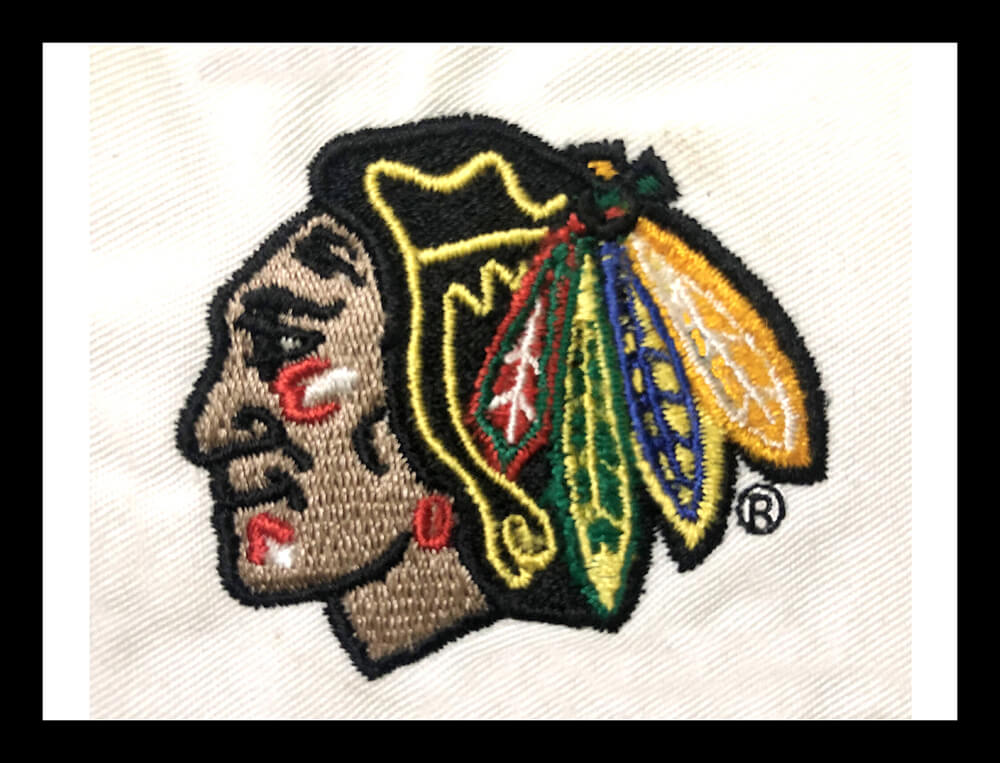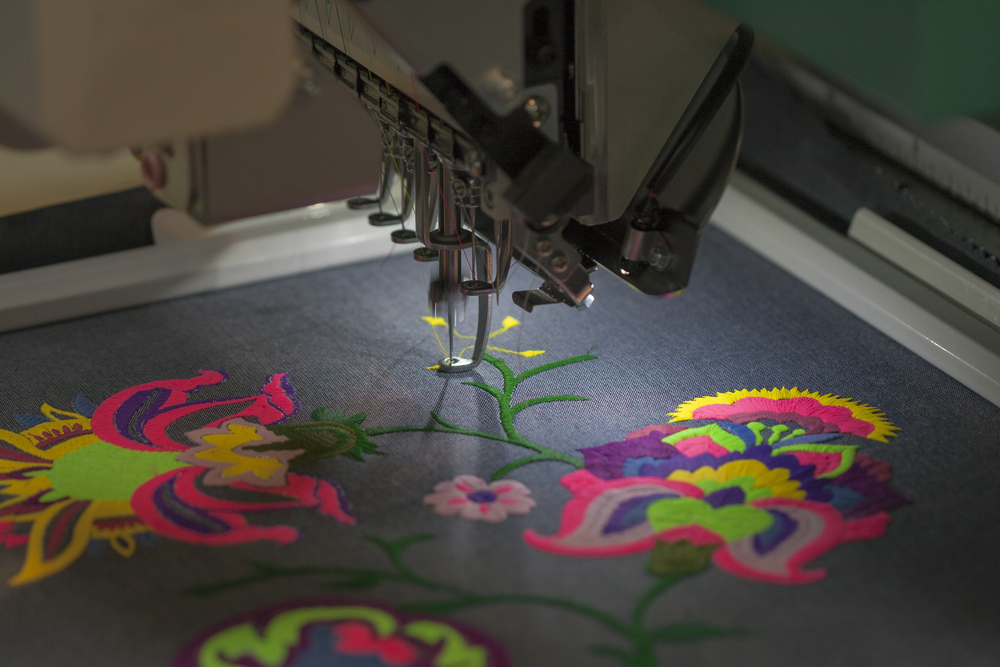Understanding the Needlework Digitizing Process: Your Ultimate Overview
Embroidery digitizing is a precise craft that calls for accuracy and proficiency to equate detailed styles into digital formats for equipment embroidery. As artisans begin on this journey to understand the embroidery digitizing process, a detailed understanding of the essentials sets the foundation for excellence.

Recognizing Needlework Digitizing Essentials
Needlework digitizing basics create the foundation upon which intricate layouts are equated into machine-readable formats for precise sewing. This preliminary action in the embroidery digitizing procedure is important for ensuring that the final stitched item is a devoted representation of the original style. Recognizing embroidery digitizing essentials includes comprehending essential ideas such as stitch kinds, sew instructions, thickness, underlay, and pull payment.
Stitch types play a vital role in identifying the visual and textural result of the stitched design. By selecting the ideal stitch kind, whether it be satin, fill, or running stitch, digitizers can achieve the preferred effect and enhance the overall quality of the embroidery. In addition, sew instructions affects the circulation and measurement of the layout, while density establishes the spacing and insurance coverage of the stitches.
Additionally, padding stitching offers security to the style by protecting the textile and preventing distortion throughout the embroidery procedure. Pull compensation is an additional essential consideration to neutralize the natural propensity of fabric to agreement when sewn. Understanding these needlework digitizing basics is essential for creating professional-quality stitched items.
Picking the Right Digitizing Software
Selecting the ideal digitizing software program is a crucial decision that dramatically affects the efficiency and quality of the needlework digitizing process. Digitizing for Embroidery. When selecting the ideal digitizing software application, it is necessary to think about aspects such as the intricacy of layouts you prepare to develop, the user-friendliness of the software program, the degree of consumer assistance supplied, and the compatibility with your embroidery maker
There are various digitizing software application options available on the market, ranging from basic programs for newbies to advanced software program for expert digitizers. Some popular options include Wilcom EmbroideryStudio, Hatch Needlework Software Program, and PulseID. These software program plans use a large range of devices and functions to aid you produce complex layouts with ease.
Prior to deciding, it is advisable to explore the different software application alternatives with cost-free trials or demonstrations to figure out which one ideal fits your needs. Furthermore, reviewing reviews and looking for referrals from experienced digitizers can provide important understandings into the toughness and weaknesses of each software Homepage program bundle (Digitizing for Embroidery). By meticulously examining your requirements and contrasting the attributes of various digitizing software program, you can make an enlightened option that improves your needlework digitizing process
Digitizing Devices and Methods

Optimizing Style Settings for Needlework
Understanding the complexities of design settings is fundamental in attaining optimal results in the needlework digitizing procedure, structure upon the foundation laid by recognizing digitizing tools and techniques. When maximizing design setups for needlework, it is necessary to consider factors such as stitch type, density, padding, draw payment, and enrollment. Sew type selection affects the total look of the style, with alternatives like satin, fill, and running stitches providing various structures and impacts. Thickness describes the spacing and density of stitches, affecting the design's coverage and toughness. Appropriate underlay stitching gives security and prevents textile distortion, especially for complex styles or on elastic materials. Pull settlement adjusts for fabric stretch during stitching, guaranteeing accurate design replication. Enrollment setups align various components of the layout accurately, keeping overall design integrity. By fine-tuning these style settings, embroiderers can enhance the high quality and accuracy of their stitched creations.

Troubleshooting Common Digitizing Issues
When coming across typical digitizing concerns during the embroidery process, it is vital to understand the origin and implement reliable remedies immediately. One usual issue is stitch density issues, where stitches might be as well thick, triggering the material to pucker, or too sparse, bring about voids in the design. Changing the stitch density settings in the digitizing software application can aid resolve this issue.
One more constant challenge is thread breaks throughout the embroidery procedure. This can take place because of various reasons such as incorrect stress settings, plain needles, or using low-grade thread. Ensuring appropriate upkeep of the embroidery machine, including routine needle changes and tension adjustments, can reduce the incident of string breaks.
Furthermore, style enrollment errors can cause misaligned aspects within the embroidery layout. Examining the layout placement in the digitizing software application and making necessary changes prior to sewing can help in avoiding this problem. By attending to these common digitizing concerns quickly and efficiently, you can guarantee a smoother needlework you can find out more procedure and premium ended up items.
Verdict
Finally, mastering the embroidery digitizing procedure needs a solid understanding of the essentials, the best selection of software program, and understanding of devices and methods. Enhancing design settings and repairing common digitizing problems are vital actions in guaranteeing premium embroidery outcomes. By complying with these actions faithfully, one can achieve precision and efficiency in the digitizing procedure.